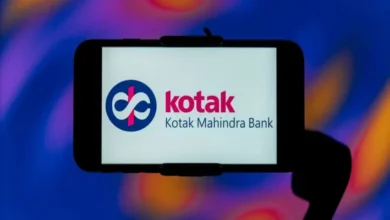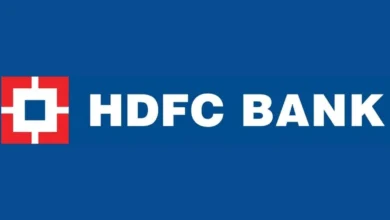DARK WEB : The ultimate knowledge
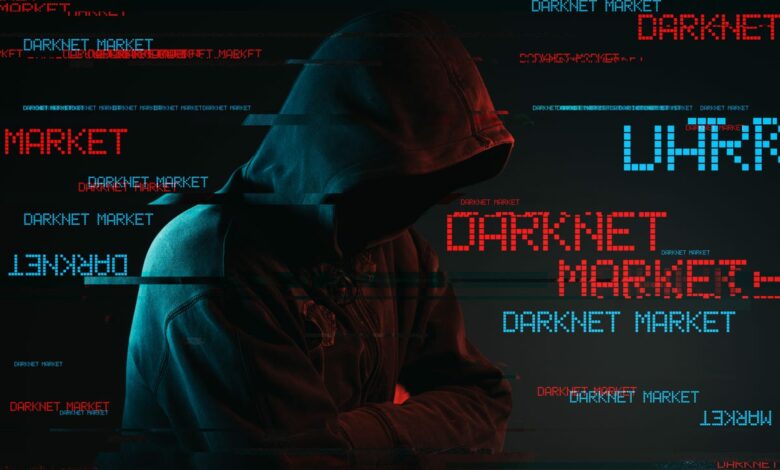
Digitalization has led to the emergence of several forms of assaults as technology has advanced. Web security has become a significant area of concern as most users visit online to fulfill their needs. The most significant shift was the introduction of immediate communication. You can communicate with anyone as long as you have an Internet connection.
The dark web is the World Wide Web material that resides on darknets, which are overlay networks that use the Internet but feel the necessity for nuts and bolts software, order, or support to access. In the dark web, can detect no information regarding the user’s location. Private computer networks can interact and do business anonymously over the darknet without any fear of getting caught by the cyber police.

The primary source of worry is that the Internet was not developed with privacy and anonymity in mind. As a result, everything may be monitored or traced. Some people are on pins and needles about their privacy, and the US Federal Government was one of them in the mid-1990s. A crew of computer scientists and mathematicians from the US Navy’s Naval Research Laboratory (NRL) began developing a new technique known as Onion Routing.
It allows anonymous bi-directional communication where a third party cannot determine the source and destination. Overlay Network is used to do this. A network that is established on top of another network is known as an overlay network.
In this situation, the network is the Internet. In this case, the traffic is routed over an overlay network. A Darknet is a network that employs onion routing. All of these independent darknets were combined to form the Dark Web.
People at NRL immediately realized that it needed to be available to everyone, not only the US government, for the network to be anonymous. As a result, the NRL was obliged to release their Onion routing technology under an Open Source License to the public, and it became The Onion Router.
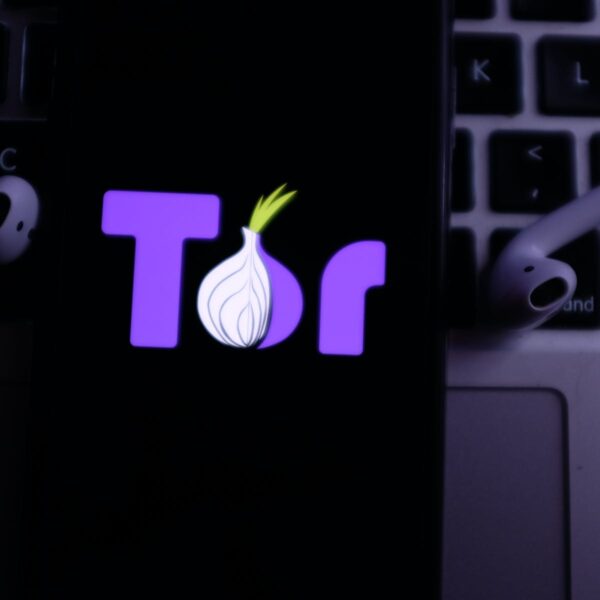
Most people think that the dark web is related to illegal work, online drug marketplaces, trades for stolen data, but it’s more than that dark web is used for legitimate purposes like political dissidents or those who want to keep specific information hidden, are familiar.
The darknets that comprise the dark web cut in on small, friend-to-friend peer-to-peer networks and massive, popular networks run by public organizations and people like Tor, Freenet, I2P, and Riffle. Due to its unencrypted nature, users of the dark web refer to the ordinary web as Clearnet. Tor’s dark web, also known as Onionland, employs the onion routing traffic anonymization technology under the network’s top-level domain suffix. Onion.
Elements of the Dark Web
There are several protocols and tools which have been utilized to mellow the Dark Web. As the Internet grew in the mid-to-late 1990s, it came to change so many things on a worldwide scale. The essential components of the Dark Web are browsers to access the dark web, encryption techniques to encrypt the data, Virtual Private Networks for transmitting the data, and routing algorithms. To access the dark web, it is essential to stay anonymous. Browser is not enough to remain anonymous, but also you need to use a good Virtual Private Network (VPN).

It could pay it Nord VPN or phantom VPN. NordVPN act as a personal VPN service provider. It has desktop applications for macOS, Windows, and Linux for iOS and Android. In the case of Phantom, VPN, Internet usage is not tracked and is kept safe from ISPs, online snoops, and advertisers.
Encryption is the key feature that is used in Dark Web. , The TOR browser uses multiple layers of complex encryption and random routing to protect your identity. If you’re on the dark web and don’t want to utilize a centralized communication system, your data is accessible to a third party. It implies that you should not reveal any information that might cause an issue if a third party obtains it. In most circumstances, anonymity addresses this difficulty. However, the problem persists since a third party can still access the communications you transmit or receive.

It is a strong encryption technique that has been used to safeguard many types of sensitive information or communication. It was intended to provide security features like integrity, authentication, privacy, and non-repudiation. PGP uses asymmetric encryption. Asymmetric encryption employs two keys, namely a public key and a private key, to encrypt and decode data. The key that is open to the public is known as the Public Key.
In this type of encryption, if someone encrypts a message with your public key, you are the only person who can decrypt it and read it. It can also use PGP for authentication purposes. PGP operates differently when it comes to authentication. It employs a hybrid of hashing and public-key encryption. It employs a mix of secret key encryption and public-key encryption to provide privacy.
There are several advantages to adopting PGP Encryption. To begin with, the information is always secure because it cannot be read or stolen by anybody on the Internet. The information or data can be safely transmitted via the Internet. Removed messages and other sensitive data cannot be retrieved once they have been deleted. Second, attackers cannot contaminate the emails or statements. This encryption technique verifies the sender’s information not to be intercepted by a third party. It is easy to use.
To access the Dark Web, several browsers have been built. Sect. 3.2 has a complete description of the different characteristics of the browsers. The Onion Routing Browser is the most widely used Dark Web browser (TOR). It was created in the 1990s by Paul Syverson, Michael G. Reed, and David Goldschlag at the United States Naval Research Laboratory. The code for TOR was written in C, Python, and Rust. On September 20, 2002, the alpha version of TOR was released. It employs the onion routing method.
The user’s data is encrypted first and then passed across the network’s numerous relays (intermediate computers) in this system. As a result, it establishes a multi-layered encryption-based network.
Greater relays would result in more bandwidth, but it would also make tracking any user more difficult. TOR exchanges connections by default across three relays, which are detailed further below:
Guard and Middle Relay:
The guard and middle relay are also referred to as non-exit. It is a significant relay that contributes to the formation of the TOR Circuit. The intermediate relay is neither a guard relay nor an exit relay; instead, it serves as a second node between the two. The guard relay must be both quick and stable. It needs the least amount of upkeep. Initially, the IP address of the client or user attempting to connect to the TOR Circuit is visible. There are websites where you may view the current guard relays and their data.
Exit Relay:
It is the Tor Circuit’s last relay. It is the relay that routes traffic to its final destination. Instead of their original IP addresses, the clients will only see the Exit relay’s IP address. Each node only contains information about its forefather and descendent.
Bridge:
As previously stated, TOR users will only interact with the IP addresses of relays. Governments or ISPs may still ban TOR by blocklisting the IP addresses of public TOR nodes. Bridges are generally low risk and require little bandwidth to function.
Types of browsers to access Dark Web
The browser acts as a way to access the Dark Web. The various types of browsers to access the Dark Web are as follows:
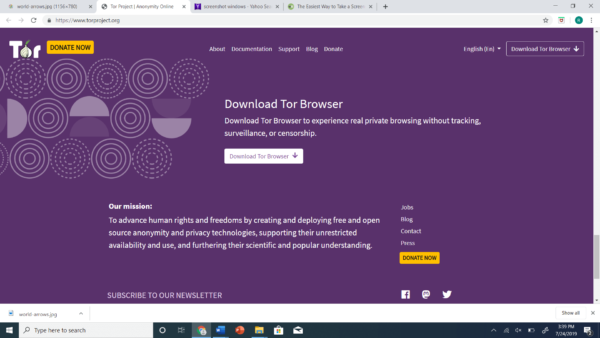
- TOR browser
- FreeNet
- Whonix
- I2P(Invisible Internet Project)
- TAILS (The Amnesic Incognito Live System)
- Subgraph OS
Positive Side of Dark Web
According to one research, 54.5 percent of information on the dark web originates from lawful government institutions, internet corporations like Facebook, journalists, activists, and the US State Department. The deceased sites account for 17.7 percent of the total. 12.3 percent is associated with drug trafficking, while 1.3 percent is associated with fraud and hacking. There are two sides to every coin. It has pros and downsides depending on what a user is looking for. Some of the edges of the Dark Web have been discussed below:
- The most significant benefit of using the Dark Web is its anonymity. Not every user who is accessing the dark web has bad intentions. Some users may concern about their privacy and security. They want their Internet activity to be kept private.
- The user can find the products cheaper than the streets. The vendors also offer discounts when the user purchases the product in bulk.
- We can buy the products that are not available in the market or the country.
- Convenience is another reason why people order on the dark web.
- Due to a strong community on the Dark Web, the users strongly share their views about products or vendors.
- Dark Web is widely used by countries with limited access to the Clear Net (surface web). For example, Russia, China, and many other countries use the dark web more frequently for many reasons.
- It has its search engines and secure email browsers.
- Many countries try to contribute to the TOR project. The US has some laws that apply to various activities of the dark web. For example, Computer Fraud and Abuse Act (CFAA) bans unauthorized access, damages computers, trafficking, etc. Russia has made efforts to de-anonymize TOR for political reasons. China tries to block access to TOR.
Conclusion
Darkweb is a part of the Internet that users usually use to do some activity confidentially without leaving any traces. It has become a hub of criminal activities like child pornography, arms trafficking, drug trafficking, onion cloning, etc. The main reason for these activities is the anonymity that is provided over this platform. Several attacks are launched over this platform, and the ransom amount is taken in the form of bitcoin over the Dark Net. Governments of different countries also use it for the sake of confidentiality. An overview of the separate attacks, exploits, browsers, and crimes of the Dark Web. It can conclude that the pros and cons of the Dark Web depend upon the user’s intentions.
edited and proofread by: nikita sharma

